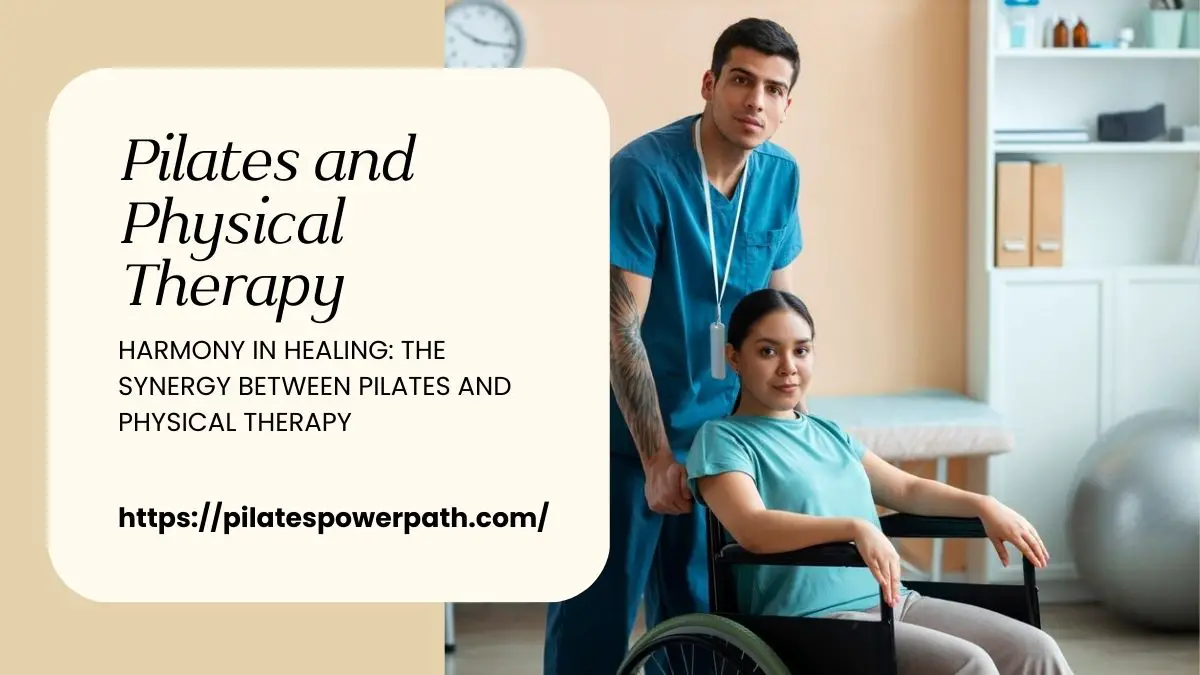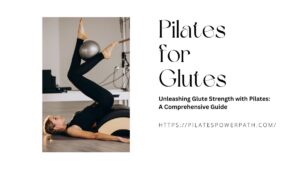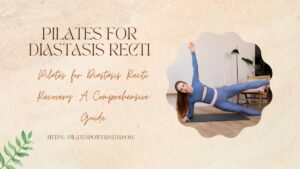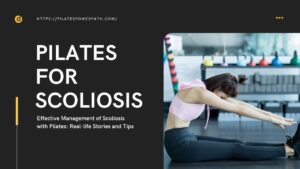Welcome to a journey of holistic wellness, where the realms of Pilates and Physical Therapy converge to create a powerful synergy. In a world that often compartmentalizes health practices, embracing a holistic approach is like discovering the missing piece of a puzzle. Both Pilates and Physical Therapy individually offer remarkable benefits, but when seamlessly integrated, they form a harmonious alliance that can elevate your well-being to new heights.
Understanding Pilates: A Symphony of Strength and Flexibility
Origins and Principles of Pilates
Pilates, developed by Joseph Pilates in the early 20th century, is a comprehensive system of exercises designed to improve physical strength, flexibility, and posture. Rooted in principles such as control, precision, and breath, Pilates aims to create a mind-body connection. Through a series of flowing movements, it emphasizes the importance of a strong core, leading to overall physical harmony.
Focus on Core Strength and Stability
At the core of Pilates lies the, well, core! The exercises are meticulously crafted to engage and strengthen the muscles of the abdomen, lower back, hips, and glutes. By fostering stability in the core, Pilates not only enhances physical performance but also minimizes the risk of injuries. This focus on core strength serves as a solid foundation for the integration with physical therapy, creating a holistic approach to rehabilitation and well-being.
Read More: A Comprehensive Guide to Pilates for Herniated Disc
Benefits for Overall Flexibility and Posture Improvement
One of the hallmarks of Pilates is its transformative impact on flexibility and posture. The controlled, deliberate movements target both large and small muscle groups, promoting a full range of motion. Improved flexibility not only reduces the risk of injuries but also contributes to enhanced performance in various physical activities. Additionally, the emphasis on posture correction can alleviate chronic pain and discomfort, fostering a more balanced and aligned body.
The Role of Physical Therapy: Navigating the Path to Rehabilitation
Definition and Purpose of Physical Therapy
Physical therapy is a specialized branch of healthcare that utilizes exercises, manual therapy, and other techniques to treat physical conditions, restore function, and prevent further injuries. It plays a pivotal role in rehabilitation, focusing on restoring mobility, reducing pain, and improving overall quality of life. Physical therapists are trained healthcare professionals who work closely with individuals to create personalized treatment plans tailored to their specific needs.
Common Conditions Treated with Physical Therapy
Physical therapy is a versatile modality, addressing a wide range of conditions across age groups. From orthopedic injuries and neurological disorders to chronic pain and post-surgical recovery, physical therapists employ evidence-based practices to guide patients toward optimal health. Whether it’s recovering from a sports injury or managing the effects of a chronic condition, physical therapy provides a tailored and effective approach to rehabilitation.
Emphasis on Rehabilitation and Injury Prevention
One of the primary focuses of physical therapy is rehabilitation. It not only aims to alleviate pain and restore function but also emphasizes the prevention of future injuries. Through targeted exercises, manual therapy, and education, physical therapists empower individuals to understand their bodies better and adopt practices that promote long-term well-being. This proactive approach aligns seamlessly with the preventive nature of Pilates, creating a complementary partnership in the journey to holistic health.
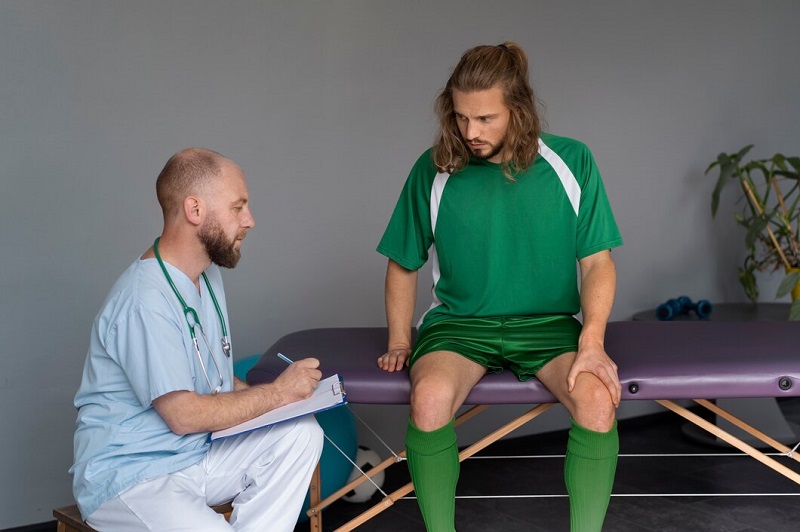
The Synergy Between Pilates and Physical Therapy: A Unified Approach to Wellness
Alignment of Pilates Principles with Physical Therapy Goals
The principles that underpin Pilates find a natural alignment with the goals of physical therapy. Control, precision, and breathwork in Pilates resonate with the emphasis on controlled movements and proper body mechanics in physical therapy. This alignment creates a fluid transition for individuals moving from the rehabilitation phase to a more proactive, preventative approach offered by Pilates.
Complementary Nature of Pilates Exercises and Physical Therapy Interventions
The exercises in Pilates are diverse, offering a range of movements that can be adapted to various fitness levels and rehabilitation needs. This versatility allows physical therapists to integrate Pilates seamlessly into rehabilitation programs. From gentle movements for those in recovery to more dynamic exercises for athletes, Pilates serves as a bridge, enhancing the effectiveness of physical therapy interventions.
How Pilates Enhances the Effectiveness of Physical Therapy Sessions
Pilates catalyzes progress in physical therapy sessions. The focus on core strength and stability in Pilates provides a solid foundation for targeted physical therapy exercises. Individuals undergoing rehabilitation often experience enhanced engagement and quicker progress when Pilates is incorporated into their treatment plan. The mind-body connection fostered by Pilates contributes to a more holistic healing experience, aligning perfectly with the goals of physical therapy.
Benefits for Rehabilitation: Transformative Tales of Recovery
Specific Pilates Exercises for Rehabilitation Purposes
Pilates offers a repertoire of exercises that can be tailored to address specific rehabilitation needs. For example, individuals recovering from knee injuries may benefit from low-impact Pilates exercises that strengthen the surrounding muscles without putting undue stress on the joint. The adaptability of Pilates makes it a valuable tool for physical therapists to customize rehabilitation programs, ensuring they meet the unique needs of each patient.
Case Studies Illustrating Successful Rehabilitation Outcomes
Real-life success stories showcase the power of combining Pilates and physical rehabilitation therapy. Imagine someone recovering from back surgery gradually rebuilding their strength through targeted Pilates movements, guided by the expertise of a physical therapist. These stories not only inspire but also highlight the effectiveness of this integrated approach, demonstrating that the whole is truly greater than the sum of its parts.
Testimonials from Individuals Who Have Experienced the Combined Benefits
The firsthand experiences of individuals who have embraced the synergy between Pilates and physical therapy offer valuable insights. These testimonials often emphasize not only the physical improvements but also the mental and emotional well-being that stems from this holistic approach. From accelerated recovery times to newfound confidence in movement, these stories paint a vivid picture of the transformative potential that lies within this integrated wellness strategy.
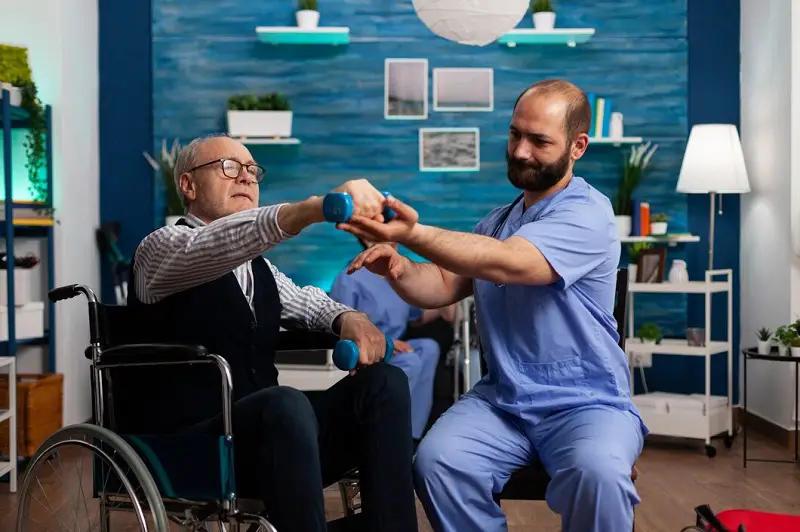
Integrating Pilates into Physical Therapy Sessions: A Collaborative Approach to Healing
Collaboration Between Pilates Instructors and Physical Therapists
Effective integration of Pilates into physical therapy requires collaboration between Pilates instructors and physical therapists. This collaborative approach ensures that the exercises prescribed align with the individual’s rehabilitation goals and health status. Regular communication between these professionals creates a cohesive treatment plan, optimizing the benefits for the patient.
Developing Personalized Exercise Programs for Patients
Every individual is unique, and so are their rehabilitation needs. Pilates instructors working alongside physical therapists take into account the specific requirements of each patient. Whether it’s addressing muscle imbalances, improving joint mobility, or enhancing overall strength, the collaborative effort results in personalized exercise programs that target the root causes of physical challenges.
Creating a Seamless Transition from Rehabilitation to Ongoing Pilates Practice
The beauty of the Pilates and physical therapy partnership is its ability to seamlessly transition individuals from rehabilitation to ongoing wellness. As patients progress in their recovery journey, the principles learned in physical therapy seamlessly integrate with Pilates practice. This continuity ensures that individuals not only recover from injuries but also develop sustainable habits that contribute to long-term health and vitality.
Addressing Common Misconceptions: Dispelling Myths for Informed Choices
Dispelling Myths About Pilates and Physical Therapy
In the world of fitness and wellness, myths and misconceptions can hinder individuals from exploring beneficial practices. Common misconceptions about Pilates being exclusive to elite athletes or physical therapy only being for post-surgery scenarios need debunking. Clarifying these myths empowers individuals to make informed choices about incorporating Pilates and physical therapy into their holistic health journey.
Clarifying When Each Modality Is Most Appropriate
Understanding when to leverage Pilates and when to seek physical therapy is crucial. While Pilates is excellent for overall fitness and preventative care, physical therapy becomes paramount in addressing specific injuries or conditions. Clear guidelines help individuals navigate these choices, ensuring they receive the most appropriate care for their unique health needs.
Highlighting the Versatility of Pilates in Catering to Different Fitness Levels
Pilates is not a one-size-fits-all practice. It is adaptable to various fitness levels and health conditions. Whether you’re a beginner recovering from an injury or an advanced practitioner looking to enhance athletic performance, Pilates can be tailored to meet your needs. By highlighting this versatility, individuals can approach Pilates with confidence, knowing that it can be tailored to suit their current fitness level and health status.
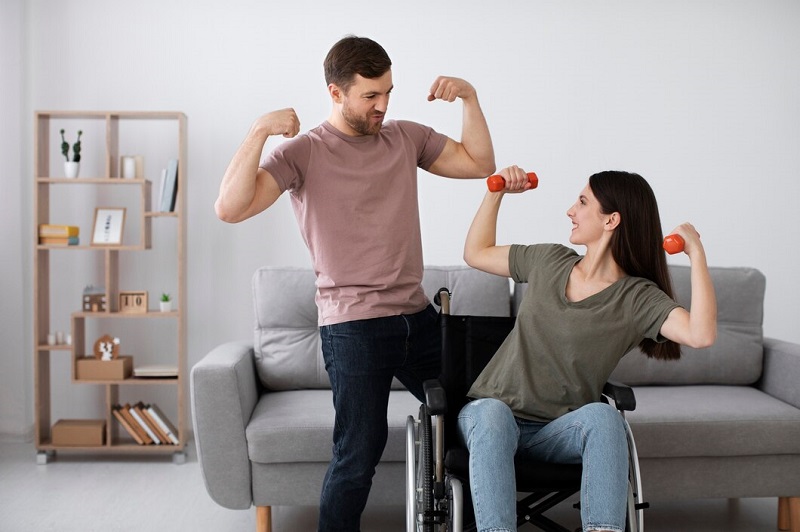
Real-life Success Stories: Narratives of Transformation and Resilience
Anecdotes of Individuals Who Have Benefited from the Pilates and Physical Therapy Combination
In the realm of health and wellness, success stories speak volumes. Picture an individual overcoming chronic pain through the combined efforts of physical therapy and Pilates, rediscovering joy in movement. These anecdotes underscore the transformative potential of this integrated approach, inspiring others to embark on their journey toward holistic well-being.
Varied Age Groups and Health Conditions Represented
The beauty of the Pilates and physical therapy combination lies in its inclusivity. From young athletes recovering from sports injuries to seniors enhancing mobility and balance, this approach caters to a diverse demographic. Varied health conditions, from arthritis to post-surgical rehabilitation, find solace and progress through the integration of Pilates and physical therapy.
Demonstrating the Long-term Positive Impact on Overall Health and Wellness
Beyond immediate rehabilitation, the long-term impact of combining Pilates and physical therapy is profound. Individuals not only recover from specific issues but also experience an overall improvement in health and wellness. From increased energy levels to a heightened sense of body awareness, the holistic benefits of this integrated approach extend far beyond the treatment phase.
Tips for Incorporating Pilates and Physical Therapy into Daily Life: A Roadmap to Sustainable Wellness
Home Exercises and Self-Care Routines
Empowering individuals to take charge of their well-being extends beyond the studio or clinic. Simple Pilates exercises and physical therapy-inspired routines can be incorporated into daily life at home. These practices contribute to ongoing wellness, providing individuals with tools to maintain and build upon the progress achieved during formal sessions.
Finding Qualified Professionals for Guidance
Central to the success of integrating Pilates and physical therapy is the guidance of qualified professionals. Whether it’s a certified Pilates instructor or an experienced physical therapist, seeking professionals with expertise in their respective fields ensures a safe and effective wellness journey. Recommendations, reviews, and credentials can guide individuals in making informed choices.
Maintaining a Balanced and Sustainable Approach to Fitness and Rehabilitation
In the pursuit of health, balance is key. Encouraging individuals to adopt a holistic and sustainable approach to fitness and rehabilitation is paramount. This involves not only regular Pilates sessions and physical therapy appointments but also incorporating mindful movement, adequate rest, and a well-rounded approach to nutrition. Striking this balance ensures that wellness becomes a lifelong journey rather than a temporary fix.
Conclusion
In conclusion, the synergy between Pilates and Physical Therapy is a beacon of hope for those seeking holistic health. The marriage of Pilates’ mind-body principles with the targeted rehabilitation focus of physical therapy creates a unified approach that transcends the limitations of traditional healthcare. As you embark on this journey, remember that your body is a masterpiece, and Pilates and physical therapy are the tools that can help unlock its full potential.
3 Top FAQs About Pilates and Physical Therapy
Combining Pilates and physical therapy is not exclusive to injury recovery. Individuals of all fitness levels can benefit from this synergy. Pilates enhances overall fitness and prevents injuries, while physical therapy addresses specific issues, making the combination suitable for a wide range of health goals.
The frequency of Pilates and physical therapy sessions depends on individual needs and goals. Initially, more frequent sessions may be recommended for rehabilitation, gradually transitioning to a maintenance phase. Consistency is key, and professionals can guide individuals on an appropriate schedule for sustained well-being.
Yes, Pilates is highly adaptable and can be tailored to accommodate various fitness levels and health conditions, including seniors or those with limited mobility. Certified instructors and physical therapists can modify exercises to ensure they are safe and effective, providing a gentle yet impactful approach to holistic health for individuals of all ages.

